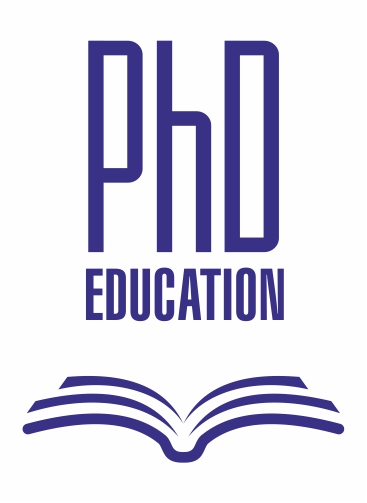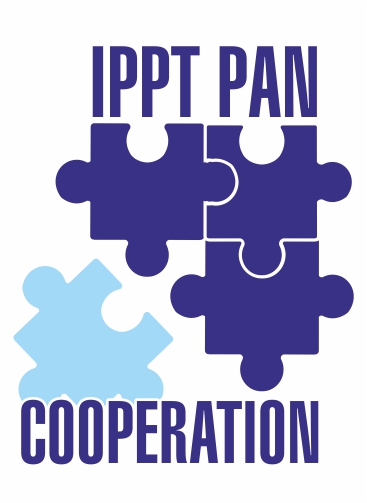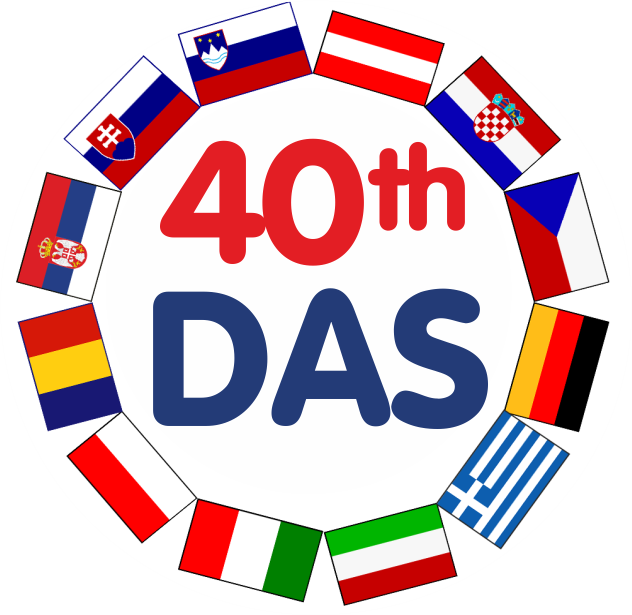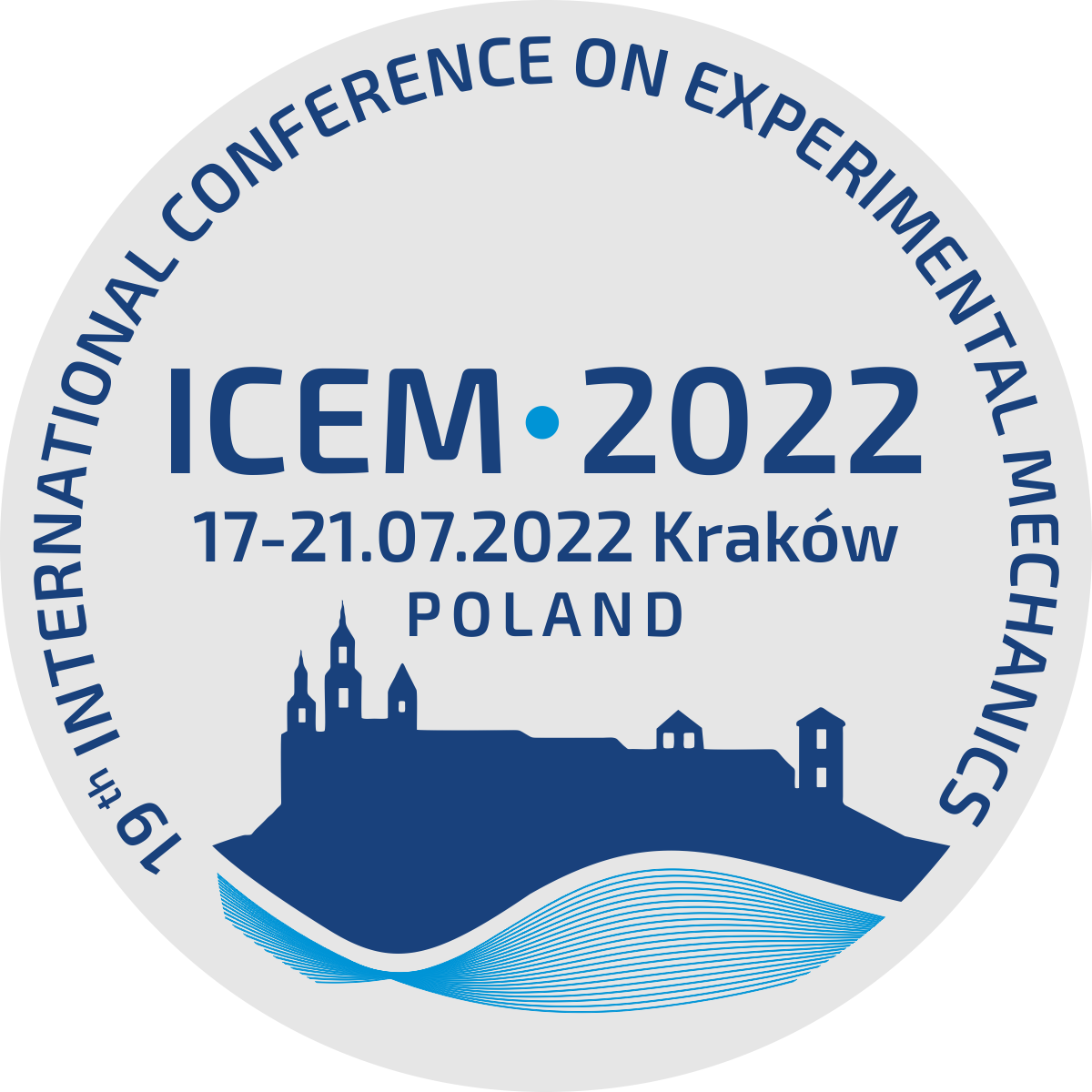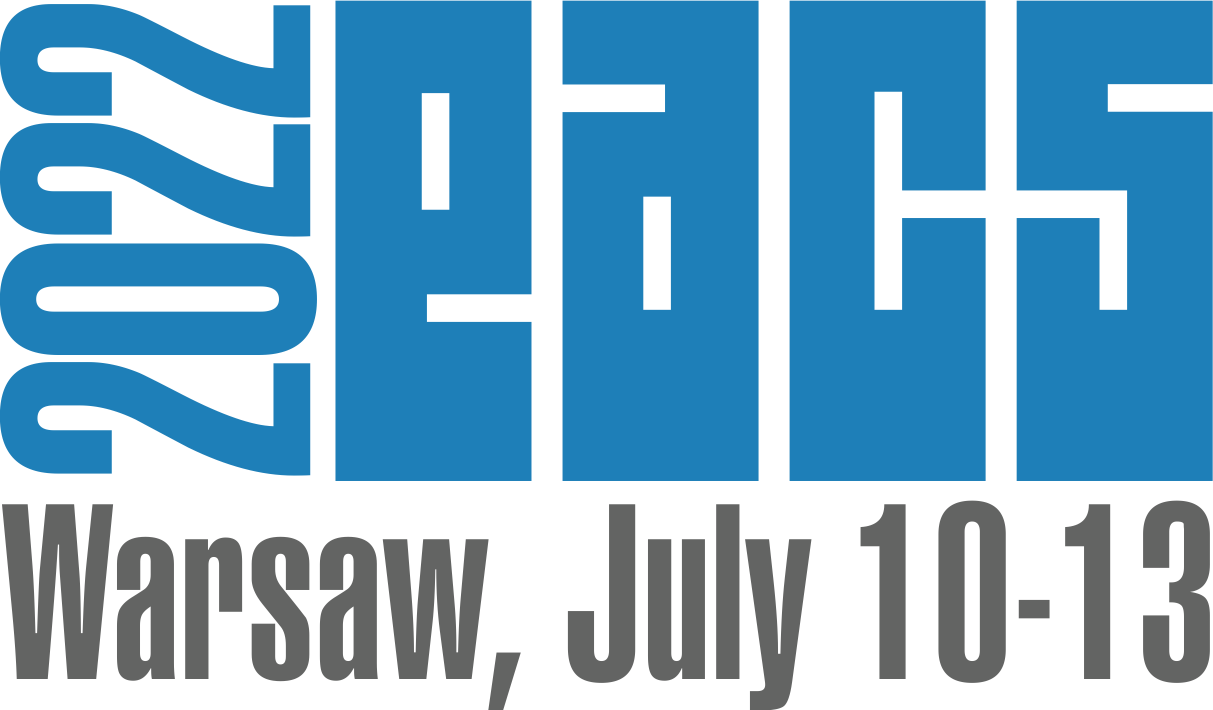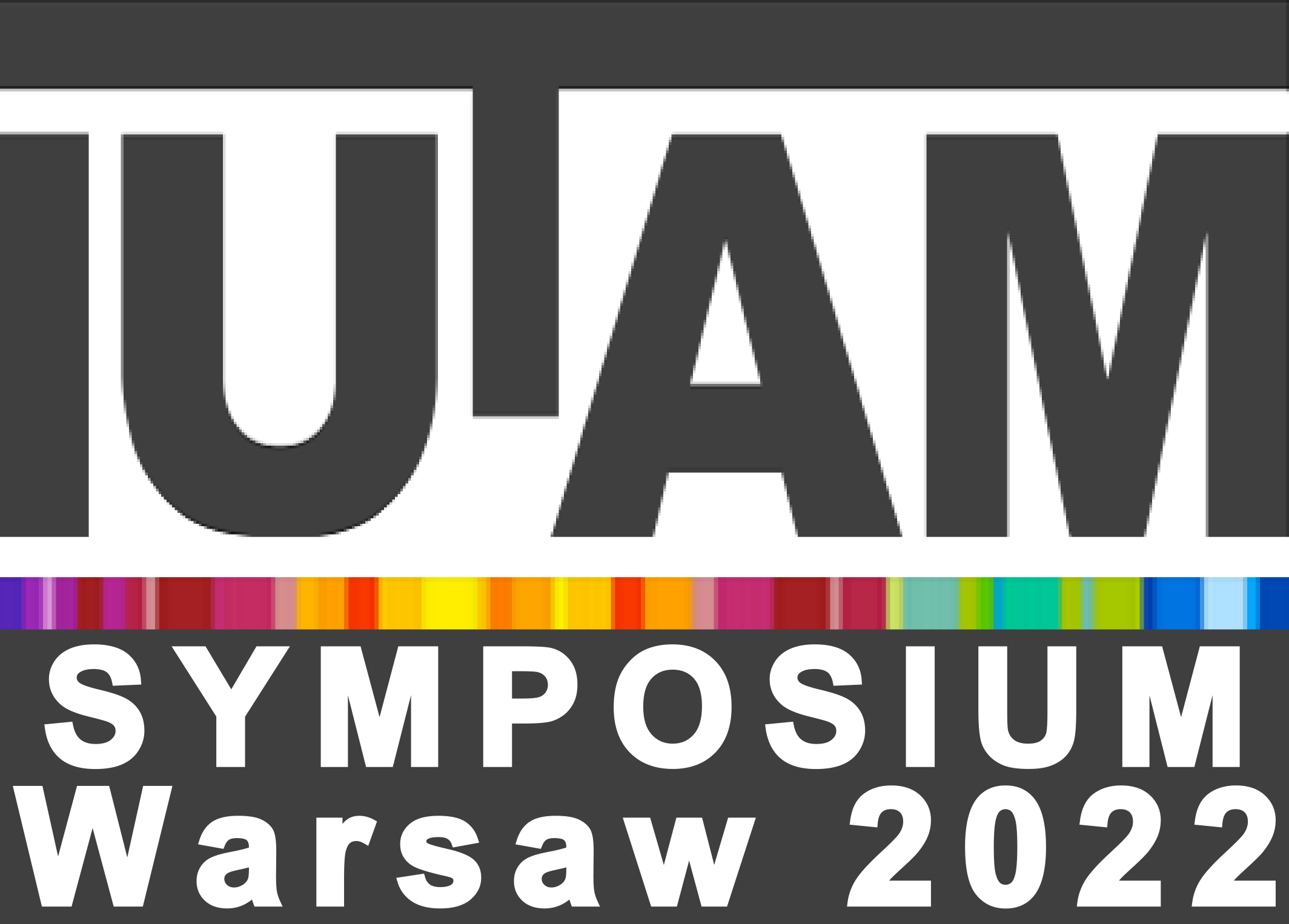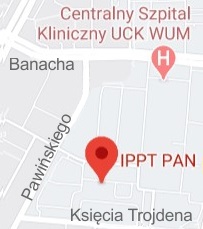| 1. |
Krysiak Z.♦, Knapczyk-Korczak J.♦, Maniak G.♦, Stachewicz U.♦, Moisturizing effect of skin patches with hydrophobic and hydrophilic electrospun fibers for atopic dermatitis,
COLLOIDS AND SURFACES B-BIOINTERFACES, ISSN: 0927-7765, DOI: 10.1016/j.colsurfb.2020.111554, Vol.199, pp.111554-1-8, 2021 Abstract:
Atopic dermatitis (eczema), one of the most common disease and also most difficult to treat, is seeking for novel development not only in medicine but also in bioengineering. Moisturization is the key in eczema treatment as dry skin triggers inflammation that damages the skin barrier. Thus, here we combine electrospun hydrophobic polystyrene (PS) and hydrophilic nylon 6 (PA6) with oils to create patches helping to moisturize atopic skin. The fibrous membranes manufactured using electrospinning: PS, PA6, composite PS – PA6 and sandwich system combining them were characterized by water vapor transmission rates (WVTR) and fluid uptake ability (FUA). To create the most effective moisturizing patches we use borage, black cumin seed and evening primrose oil and tested their spreading. We show a great potential of our designed patches, the oil release tests on a skin and their moisturizing effect were verified. Our results distinctly reveal that both fiber sizes and hydrophilicity/hydrophobicity of polymer influence oil spreading, release from membranes and WVTR measurements. Importantly, the direct skin test indicates the evident increase of hydration for both dry and normal skin after using the patches. The electrospun patches based on the hydrophobic and hydrophilic polymers have outstanding properties to be used as oil carriers for atopic dermatitis treatment. Keywords:
PS – PA6 composite,Electrospinning,Skin patches,Oil carriers,Atopic skin,Controlled oil release Affiliations:
| Krysiak Z. | - | other affiliation | | Knapczyk-Korczak J. | - | other affiliation | | Maniak G. | - | other affiliation | | Stachewicz U. | - | AGH University of Science and Technology (PL) |
|  |
| 2. |
Krysiak Z.♦, Gawlik M.♦, Knapczyk-Korczak J.♦, Kaniuk Ł.♦, Stachewicz U.♦, Hierarchical Composite Meshes of Electrospun PS Microfibers with PA6 Nanofibers for Regenerative Medicine,
Materials, ISSN: 1996-1944, DOI: 10.3390/ma13081974, Vol.13, No.8, pp.1974-1-11, 2020 Abstract:
One of the most frequently applied polymers in regenerative medicine is polystyrene (PS), which is commonly used as a flat surface and requires surface modifications for cell culture study. Here, hierarchical composite meshes were fabricated via electrospinning PS with nylon 6 (PA6) to obtain enhanced cell proliferation, development, and integration with nondegradable polymer fibers. The biomimetic approach of designed meshes was verified with a scanning electron microscope (SEM) and MTS assay up to 7 days of cell culture. In particular, adding PA6 nanofibers changes the fibroblast attachment to meshes and their development, which can be observed by cell flattening, filopodia formation, and spreading. The proposed single-step manufacturing of meshes controlled the surface properties and roughness of produced composites, allowing governing cell behavior. Within this study, we show the alternative engineering of nondegradable meshes without post-treatment steps, which can be used in various applications in regenerative medicine. Keywords:
polystyrene, nylon 6, electrospun fibers, composite mesh, proliferation, roughness Affiliations:
| Krysiak Z. | - | other affiliation | | Gawlik M. | - | other affiliation | | Knapczyk-Korczak J. | - | other affiliation | | Kaniuk Ł. | - | other affiliation | | Stachewicz U. | - | AGH University of Science and Technology (PL) |
|  |








